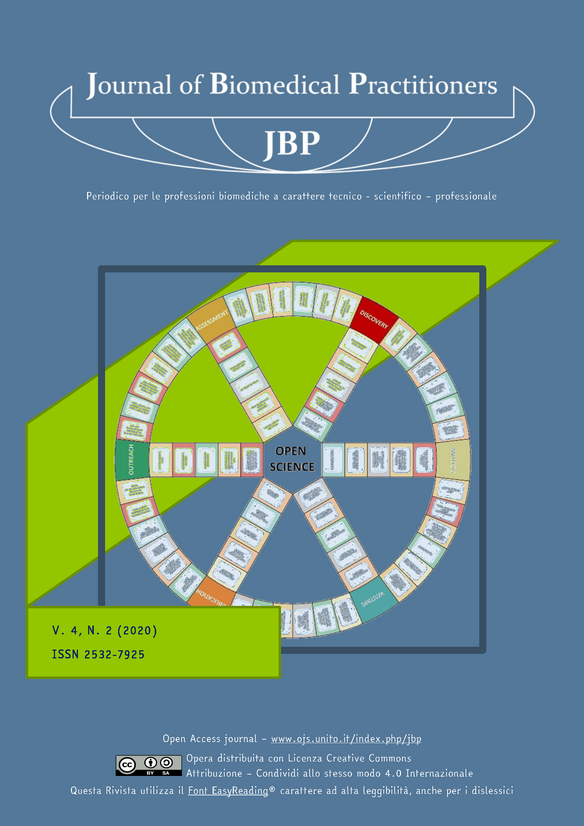Using the EuroQol 5 Dimensions questionnaire and the Visual Analogue Scale in the study of the perception of health condition, before and after intensive cardiac rehabilitationin an outpatient service
Main Article Content
Abstract
Purpose of the study: analysis of the perception of the cardiopathic patient’s health condition, before and after cardiac rehabilitation, evaluated using EuroQol 5
Dimensions (EQ 5D) and Visual Analogue Scale (VAS).
We were interested to analyze the impact of Rehabilitation on specific categories as women and elderly ones.
100 cardiopathic patients (with an average age of 67 years) have been interviewed: 83 males and 17 females. Survey duration: 1 year.
All outpatiens have attended 24 total sessions of intensive cardiac rehabilitation with a walking test at the beginning and redundant the end of the treatment. In addition, they had psychological and nutritional consultations.
Tools used: EQ 5D questionnaire and VAS.
Statistical analysis was performed by SPSS program and EURO QOL 5D questionnaire allowed us to calculate the EQ index.
Thanks to the study we could see how patients felt better referred to every EQ 5D items and to VAS.
Combining some socio-demographic variables, it came to light that old people, at the end of their rehabilitation program, reached the highest average scores referred to the EQ index.
Women obtained a more noteworthy improvement that men, even if the scores referred to the EQ index were still lower.
Between the EQ index and the item referred to the anxious state, we noticed a relation of opposite sign both in the first detection (Pearson’s correlation -0,6) and in the second one (Pearson’s correlation -0,7).
Downloads
Article Details
The authors agree to transfer the right of their publication to the Journal, simultaneously licensed under a Creative Commons License - Attribution that allows others to share the work indicating intellectual authorship and the first publication in this magazine.

